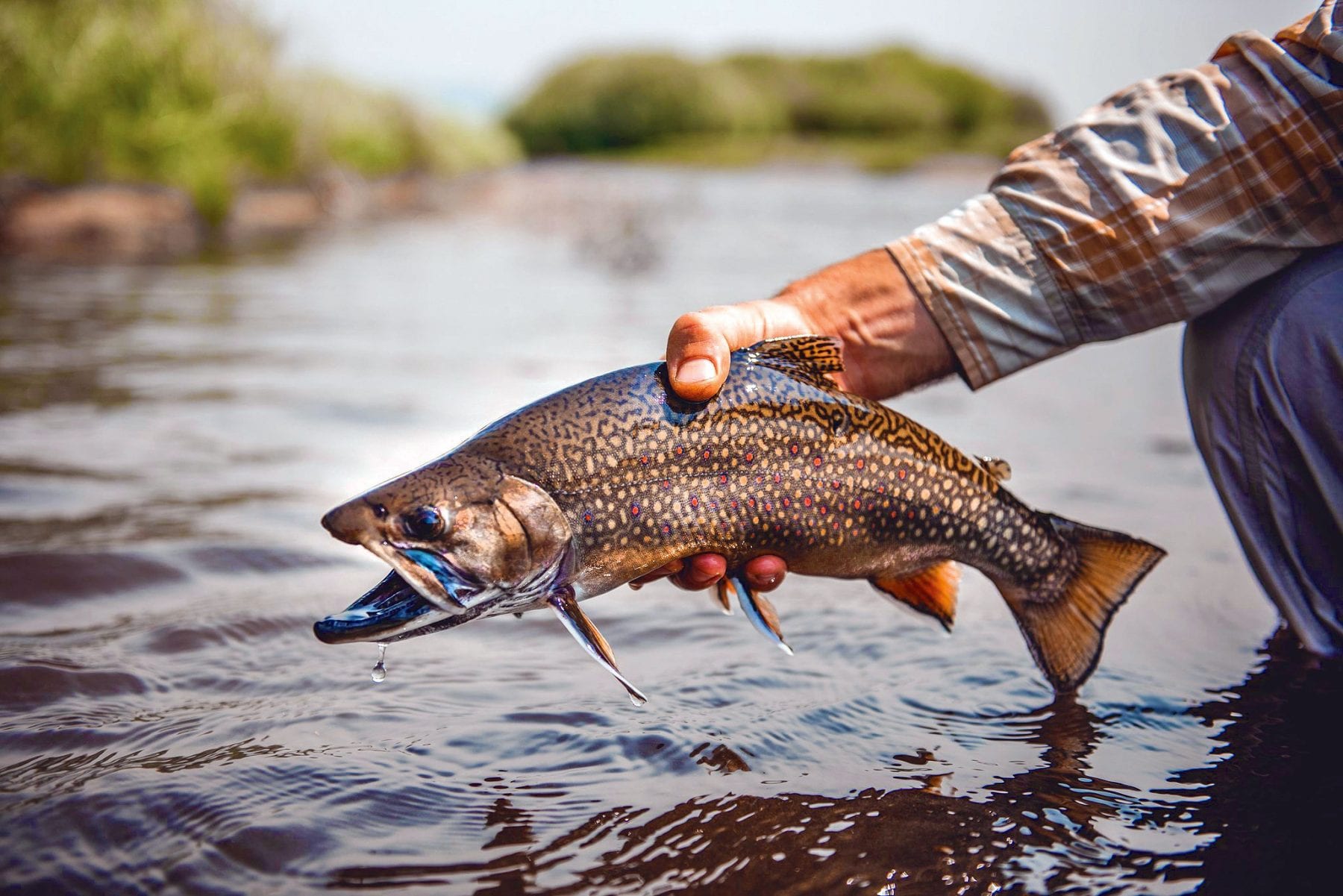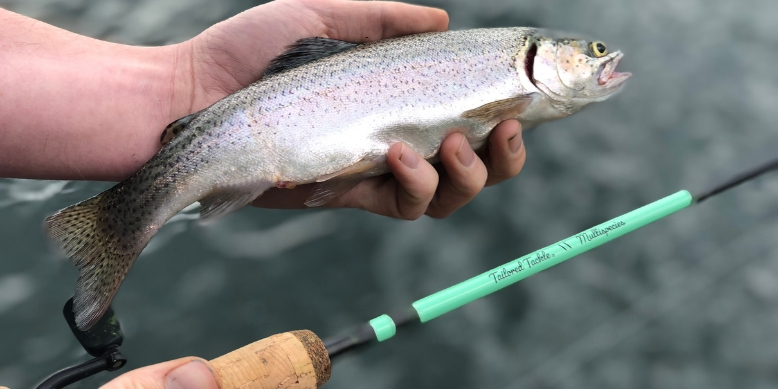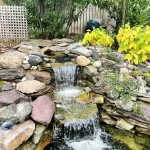Fishing for trout in a pond can be a rewarding and relaxing experience for anglers of all skill levels. Whether you are a beginner looking to catch your first trout or a seasoned angler seeking a new challenge, pond fishing offers a unique opportunity to hone your skills and enjoy the great outdoors. In this guide, we will explore the ins and outs of trout fishing in a pond, from equipment and techniques to tips for success.

Credit: coastalanglermag.com
Equipment Needed for Pond Trout Fishing
Before you head out to the pond, it’s essential to make sure you have the right gear. Here is a list of essential equipment you will need for trout fishing in a pond:
| Equipment | Description |
|---|---|
| Fishing Rod | A light to medium-action spinning rod is ideal for pond trout fishing. |
| Fishing Reel | A spinning reel with a smooth drag system is recommended for trout fishing. |
| Fishing Line | 4-8 pound test monofilament or fluorocarbon line works well for pond trout. |
| Terminal Tackle | Include hooks, sinkers, and swivels of various sizes for different fishing conditions. |
| Bait or Lures | Popular bait options include worms, power bait, and salmon eggs. Artificial lures like spinners and spoons can also be effective. |
| Fishing Net | A landing net to help you safely land and release your catch. |

Credit: www.youtube.com
Techniques for Trout Fishing in a Pond
Now that you have your gear ready, let’s explore some effective techniques for catching trout in a pond:
- 1. Cast Near Structure: Trout often hide near underwater structures such as rocks, logs, or vegetation. Cast your bait or lure near these areas for better chances of a bite.
- 2. Vary Your Retrieve: Experiment with different retrieval speeds and patterns to find out what the trout are responding to on that particular day.
- 3. Use Light Tackle: Trout have keen eyesight and can be easily spooked. Using light line and tackle can increase your chances of getting a bite.
- 4. Keep Your Bait Moving: Whether using live bait or lures, keep your bait moving to attract the attention of trout.
- 5. Pay Attention to Weather: Trout are sensitive to changes in weather. Fishing during overcast days or early morning and late evening can yield better results.
Tips for Success in Pond Trout Fishing
Here are some additional tips to help you maximize your chances of success when fishing for trout in a pond:
- 1. Observe the Water: Look for signs of trout activity such as jumping fish or ripples on the surface.
- 2. Stay Quiet: Trout have excellent hearing and can be easily scared off by loud noises. Move quietly around the pond.
- 3. Practice Catch and Release: Help conserve the trout population by practicing catch and release whenever possible.
- 4. Stay Patient: Fishing requires patience, so don’t get discouraged if you don’t get a bite right away. Keep trying different techniques until you find what works.
- 5. Enjoy the Experience: Remember that fishing is not just about catching fish. Enjoy the peaceful surroundings and the thrill of being out in nature.
Conclusion
Trout fishing in a pond can be a rewarding and enjoyable pastime for anglers of all ages. By following the tips and techniques outlined in this guide, you can increase your chances of success and have a memorable fishing experience. Remember to respect the environment and practice responsible fishing practices to ensure the sustainability of pond trout populations. So grab your gear, head out to the nearest pond, and enjoy a day of trout fishing in the great outdoors!





